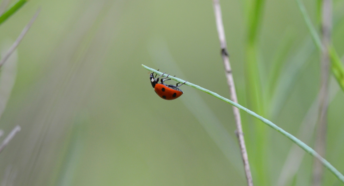Coming to the countryside near you: wildlife in December
December is full of festivity; Solstice, Christmas, and the anticipation of a new year can all bring light to the darkest season.
A lot of the landscape appears to be slumbering, tucked away to avoid the inevitable frosts, but there is still a lot to enjoy outside. Beneath the ‘cold’ full moon, which falls on Boxing Day this year, you may be able to hear the fox’s shrieks echoing as they look for new mates to end the year with. The hedgerows are decorated with hazel catkins and old man’s beard, and from the branches, the robin sings its melancholic winter song.
Goldfinches
With red faces and yellow and black patterned wings, these finches have a firm place in our hearts and the bleakness of winter can really highlight their beauty.
These social birds can be found in flocks in their hundreds, collectively known as a ‘charm’. Their delicate beaks help them survive the winter as they are designed to ease out seeds from teasels and thistles, which can be plentiful during the winter in gardens, woodland, heathland, farmland and parks. Their socialisation extends to nesting too and they will gather in loose colonies, gathering mosses, lichens and wool to weave little nests in trees and hedgerows. Eggs will be lain around April and their young will lack the red face until they get older.
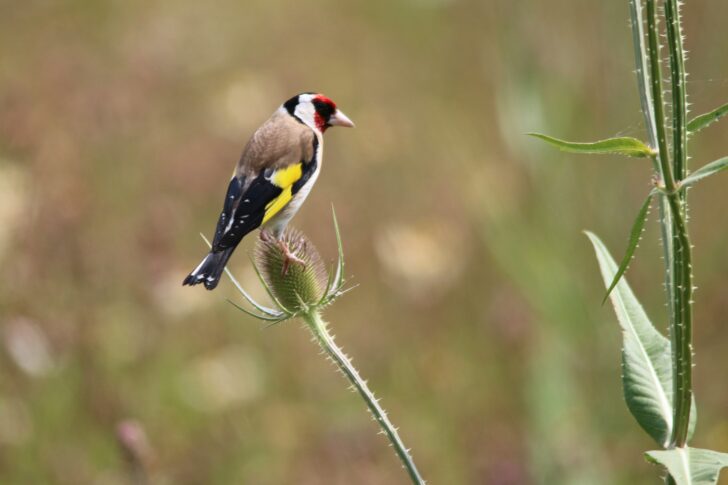
Goldfinches were once in severe decline due to being caught and caged during the Victorian times, but populations are now thankfully increasing. You can help welcome them into your garden by filling your bird feeder with niger seeds and sunflower hearts. If you’ve got teasels, letting them to go seed and leaving them upright over winter is a great help too.
Common Gorse
There are three species of gorse in the UK: common, dwarf and western. Western gorse is typically found here in the southwest of England and flowers in the summer. Dwarf gorse is a late summer to autumn bloomer, but common gorse is the belle of the winter. Gorse is an evergreen member of the pea family that grows on heathland, pastures, woodland and along the coast path. It is instantly recognisable due to its spiky leaves and bright yellow flowers, which have a strong coconut scent.
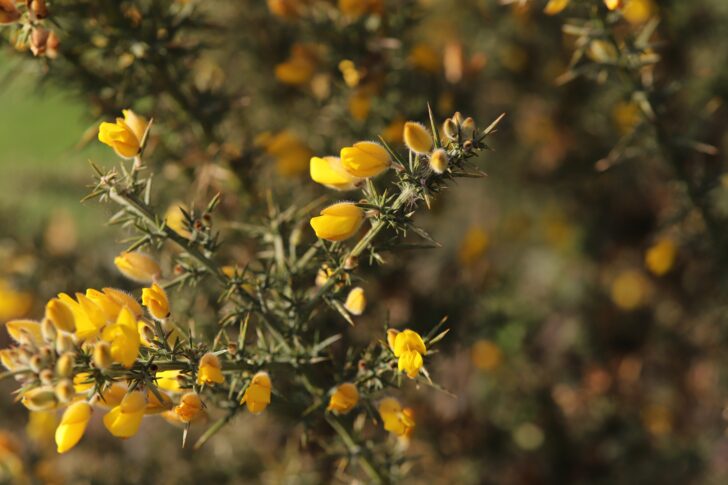
Gorse typically flowers from January to June, but here in Cornwall we started to see the blooms from November. Not only does it brighten up the countryside on duller days, but gorse provides shelter for many birds such as stonechats, whinchats and yellowhammers, and nectar for insects like butterflies and bees. It also provides a home for spiders who will weave their webs between the branches, sometimes entirely covering them. But gorse can be enjoyed by humans too; the flowers can be infused in tea, cordial and liqueur; but only in small quantities as too many can be toxic.
Waxwings
Waxwings are beautiful passerine birds famed for their iconic plume of head feathers, striking wings, masked faces and blush cheeks. Their arrival from Scandinavia is hotly anticipated by bird lovers every year, however seeing one can be akin to a game of bingo. Their populations vary from year to year, sometimes they arrive in their hundreds, other years in their thousands.
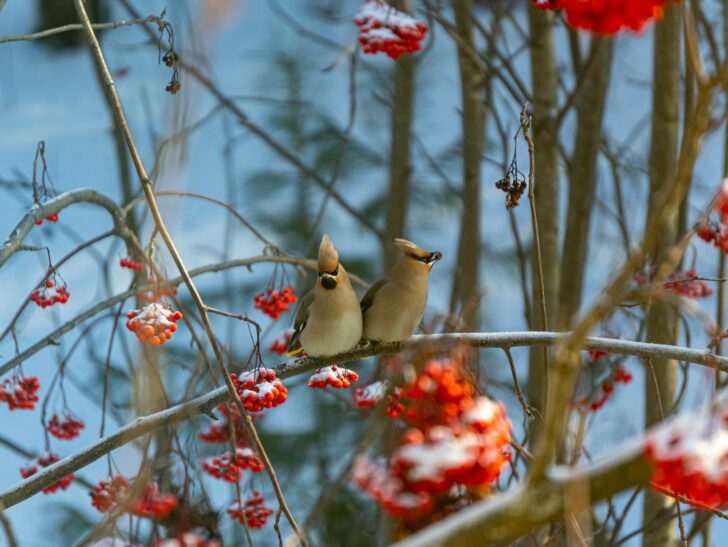
Waxwing numbers tend to be greatest in the north and along the east coast, but some will head further west and south, drawn by the lure of food. They’re particularly fond of berries such as hawthorn, rose hips and rowan, but they also like fruit. They will venture into gardens too, so if you’d like them to visit your outside space, try halving windfall apples and spearing them onto a tree.
Moles
With their giant, digger-like paws, small eyes and black velvet fur that helps them to slip through soil, moles are built to live underground. They spend a majority of their lives beneath the surface, digging tunnels to hunt for earthworms and insects. When they dig those tunnels too close to the surface, the displaced soil can be forced upwards forming little ‘hills’. These hills, often scattered in groups in the same area, tend to increase during winter and are a tell-tale sign of local mole activity.
During cold snaps these hills may be less visible as earthworms go deeper when the ground is frozen, so the moles will follow them. But if you want a chance at spotting a live mole, then a wet winter might be in your favour. Moles tend to come to the surface during a heavy downpour as the rain will leak into their tunnels and they may surface to avoid the water. If you find any freshly dug molehills and have some time, you could sit and wait to see if a mole pops up again. But above ground sightings tend to be spontaneous and require a little luck.
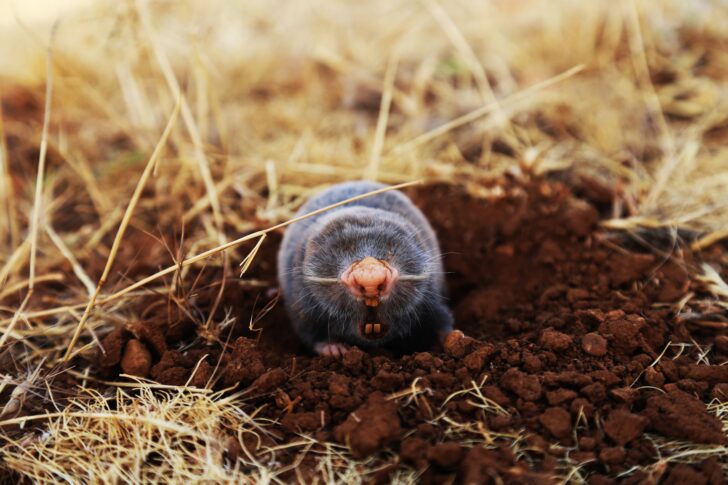
Whilst mole hills in your garden might be a little unsightly, moles are really important. Their digging aerates the soil meaning more plants can grow which in turn provides more food for other creatures. So whilst piles of soil might not be quite what you wanted, moles will be doing you a big favour by improving your soil.
And may I wish you a Merry Christmas, Solstice Blessings and a very happy New Year.
About the author
Alexandra Pearce-Broomhead is a writer and occasional Guardian Country Diarist from Cornwall. She writes about nature and place, and the human relationship with both. Her work has also been featured on BBC Wildlife and BBC Countryfile.





